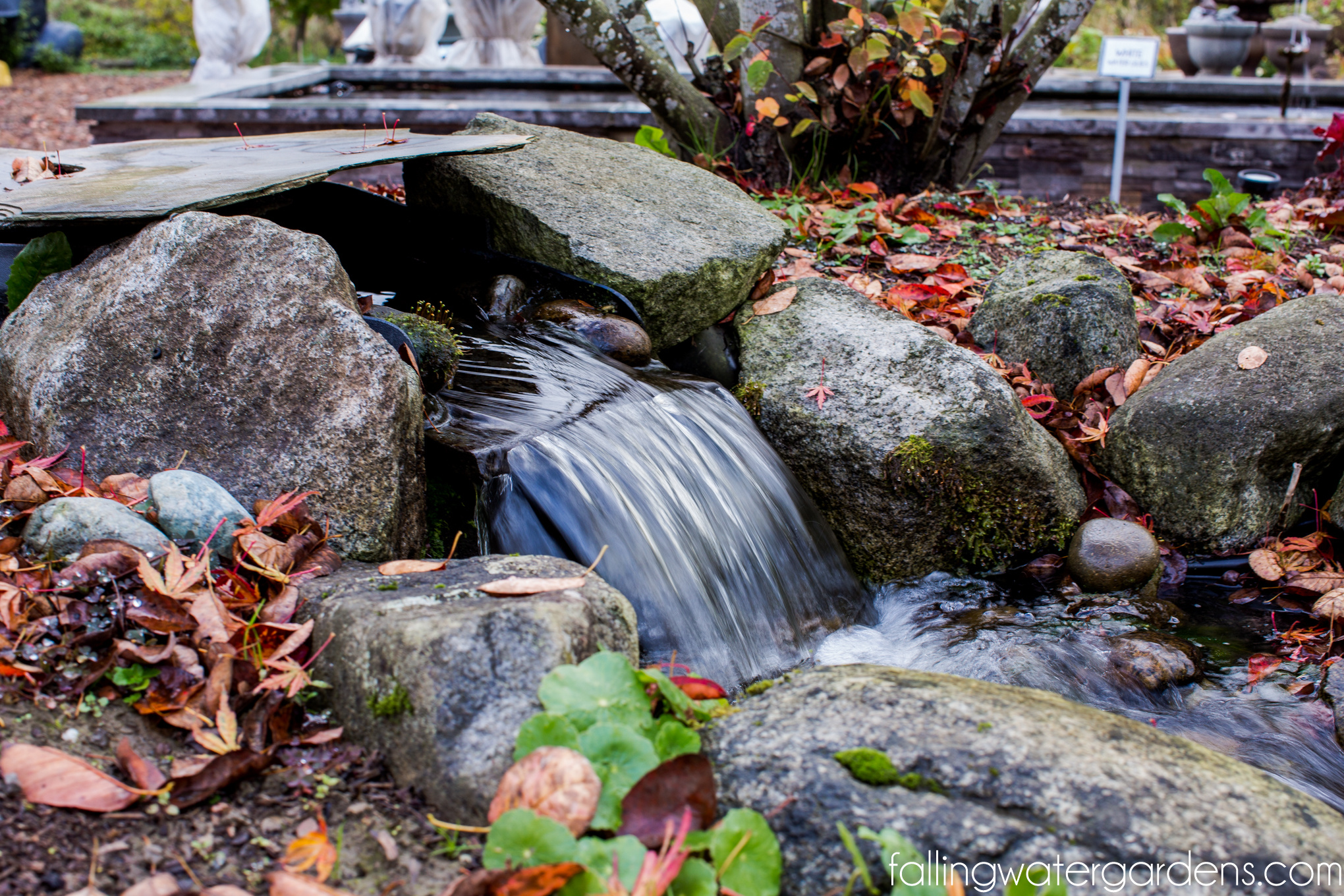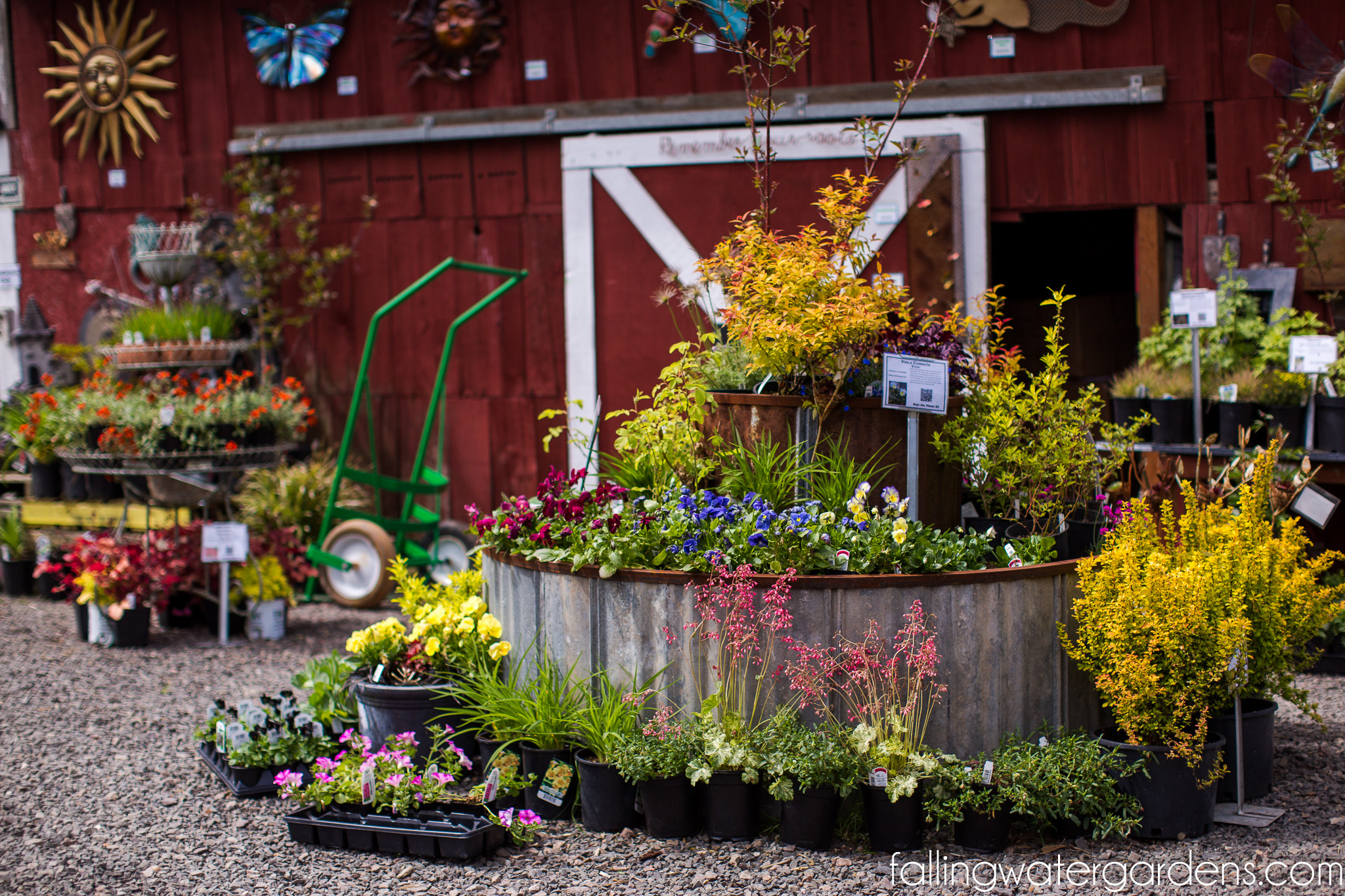COOL PLANTS
Here are this month’s featured plants. We think this selection would look great in your garden right now. Visit our plant database to learn more about aquatic & terrestrial plants.
TERRESTRIAL PLANTS
 Cyclamen
Cyclamen
The blossoms of the Cyclamen twist and turn like tiny butterfly wings. The silvery, marbled coloring of the foliage accents the beautiful flower colors of lavender, rose, maroon, red, or white.
Water Need: Evenly moist environment with moderate humidity. Water moderately when in full leaf and avoid the crown. The leaves will wither after flowering. Reduce watering at this time. Keep dry during Cyclamen’s dormant summer months. Begin watering again when growth (leaves) reappears.
Light Need: Bright filtered light
 Hellebore
Hellebore
These evergreen plants bring an architectural quality to the shady garden. Most bloom in early winter in mild climates and in late winter or very early spring where the ground freezes hard. Resistant to both deer and voles, they are long-lived and provide exquisite blooms at a time when flowers are a scarce delight.
Water Need: Hellebores are at their best in evenly moist well-drained soil.
Light Need: Partial Shade
 Hamamelis x intermedia ‘Arnold Promise’
Hamamelis x intermedia ‘Arnold Promise’
Flowers with wavy clear yellow petals and red cups appear on the bare branches of this unusual shrub to add blazing color to the winter landscape. Plant near entries and patios to enjoy the fragrance.
Water Need: Well-drained soil
Light Need: Full sun

Galanthus Nivalis ‘Snow Drops’
Snowdrops can be the first flowers to open in the new year. Best massed in sweeping drifts in areas where they can naturalize, such as woodland margins or in lawns under large deciduous trees. Also effective in groupings in rock gardens, border fronts, in front of flowering shrubs or along walks or paths. Mix with other early flowering bulbs such as Eranthis (winter aconite).
Water Need: Medium moisture, well-drained soil
Light Need: Partial shade
Plant Database
 Have you checked out our plant database? It contains information about the plants that we sell at the nursery and more!
Have you checked out our plant database? It contains information about the plants that we sell at the nursery and more!
We have even taken it one step further and have incorporated QR codes into the database to help you save and recall information on the plants you are interested in at home or have bought from our nursery. You can bring us the saved plants from this data base to help us locate the ones you want. As well as when you come to Falling Water Gardens you will be able to scan the plant signs to get further information about the plants and flowers.
 What is a QR code? In the simplest terms a QR code is a bar code. Most smart phones come equipped with a bar code/QR code reader that will scan the QR code and bring you to the web page of information about our plants. From there you can bookmark the page. If yours does not contain a QR code reader already, you can download one for free through your phone’s app store.
What is a QR code? In the simplest terms a QR code is a bar code. Most smart phones come equipped with a bar code/QR code reader that will scan the QR code and bring you to the web page of information about our plants. From there you can bookmark the page. If yours does not contain a QR code reader already, you can download one for free through your phone’s app store.
Please note that we’ve updated our newsletter format. You may navigate through this newsletter by clicking on the page numbers below.



